41 rating labels for surveys
Rating and Ranking Levels of Satisfaction in Your Survey A possible scale is then: "Not at all Satisfied," "Partly Satisfied," "Satisfied," "More than Satisfied," "Very Satisfied," numbering 1 to 5 as an interval scale. Rather than a Very Good to Very Poor rating, this set of rating scale survey questions looks at levels of satisfaction. How to Label Response Scale Points in Your Survey | Qualtrics But how exactly should you label them? Unfortunately, few researchers give their scale labels much thought, let alone seek out best practices recommended by survey methodologists. Here are two examples of response scales that, on the surface, may seem equally viable: 1. 2.
Rating Scale Element - Surveys To add a Rating Scale element, first click the "+ Element" button to add a new survey element. Then click "Rate, Rank, and Sort" under Question Types and select the "Rating Scale" element. Then click "Add". Enter the question and instruction text in the areas provided. Rating Scale elements must contain multiple rows and columns.

Rating labels for surveys
Star rating question | Star rating question in surveys | QuestionPro To use the star rating question type in QuestionPro surveys, survey creators have to add the question text. The rows with the 5-star rating get added by default. You can add or remove rows and edit the row labels. The order of the rows can be fully randomized or partially randomized, keeping the order of few rows as fixed. Survey Rating Scales to Guide Survey Respondents Effectively Five point scales are most popular followed by seven point scales. These scale ranges tend to work best. Beyond a 7 point scale participants have trouble responding the same way if they repeated the survey, so we recommend staying away from anything above 7 points. Here is an example of a 5 point Likert Rating Scale: Strongly disagree Disagee Star Rating Question | SurveyMonkey To set up a Star Rating question: Drag and drop Star Rating into your survey from the BUILDER section of the sidebar. Enter your question text. Adjust the settings under the Edit and Options tab. Click Save. Question Settings Under the Edit tab, you can adjust the following settings specific to the Star Rating question. Colors
Rating labels for surveys. Rating Scales lists and examples from HR-Survey.com Choose the options below to see scales that meet your needs. Measures of Agreement Measures of Frequency Measures of Importance Measures of Satisfaction Measures of Quality Measures of Effectiveness Measures of Skill Level All Scales Scales with 4 or fewer Points 5-Points Scales 6-Points Scales 7 or more Points Hide Example Items Show Example Items Rating scales - Google Surveys Help General guidelines Google Surveys lets you choose from 5, 7, 10, or 11 stars. There has been a long-lasting debate between 5-pt vs. 7-pt and odd vs. even ( see presentation ). As our surveys are... Survey Scale: Definitions, Types + [Question Examples] - Formpl A rating scale is a type of survey response scale that allows respondents to match specific qualitative values with different assertions, products, or features. With a rating scale, you simply answer the survey question by picking one of the rating options on the scale. A rating scale can be categorized as ordinal or interva l. 20 Free Ready-Made Survey Rating Scale Examples - AidaForm The most commonly used Graphic Scales indicate the answer options on a scale of 1 to 10 and 1 to 5. The stars and numbers represent a quantity that can be averaged and analyzed similarly to Linear Numeric Scales. How would you rate your experience with AidaForm website? 1 - Awful, 3 - Neutral, 5 - Great
How to Label Your 10-Point Scale - Versta Research By which we really mean How to Label Your 11-Point Scale because you shouldn't be using 10-point scales. Plenty of research shows that numeric scales going from 1 to 10 (ten points) are less effective than numeric scales going from 0 to 10 (eleven points). A recently published article in Survey Practice adds more evidence… Rating Scales in UX Research: Likert or Semantic Differential? Likert and semantic differential are two types of rating scales often used in UX surveys. They often get confused because the differences between them are subtle. However, they shed light on attitudes and preferences in slightly different ways. ... Use existing scale labels when designing a question using a Likert-type response format. Survey rating scales: numbered vs worded lists | SurveyMonkey With worded labels, the researcher has the freedom to score and label categories however they feel without confusing the respondent. Scaling can also be unbalanced, and the scoring could look something like this: Extremely Good = 10 Very Good = 8 Good = 6 Not Bad = 5 Bad = 3 The Worst = 0 What's the best rating scale to use on a customer service survey? It changes nothing whether you tell people you have an NPS of +40, that 70% of your customers are satisfied, or that you have a 5-star rating, it's what you're doing about those scores that counts. If your NPS is +40 but last quarter it was +60, you may have problems. But if it's shot up from -20, you're doing amazingly well.
How to Set Half Rating Scale 1-5 (Poor to Excellent) by Words However, that wasn't for half rating, which looks something like: 1, 1.5, 2, 2.5, 3, 3.5, 4, 4.5, 5. If you notice, these are actually 105 ratings, but it has 9 scales (not 10). That's exactly how people got confused about Amazon's Rating System, which now depends on machine-learned models instead of a simple average. Rating Scale by Words Survey rating scales 1-5: Understand your audience better Rating scales range from super simple to highly complex. Each rating scale can be used to gather specific data. Here's a list of five common rating scales and how they can be used in surveys: Likert scale. Participants rate their level of agreement to items that describe a topic, like customer satisfaction, usability, or loyalty. Rating and Ranking Questions and Levels of Importance - Snap Surveys Blog This set of rating scale questions, from a Customer Satisfaction Survey, looks at how important each aspect of service is to the respondent: This set, also from a Customer Satisfaction Survey, is an example of the "0 - 5" Interval Scale: Questionnaire design. Engaging survey questions help you to gather accurate, insightful data. Satisfaction Surveys and Questionnaire Rating Scales 1. What aspects of the product or service to measure 2. What measurement scale to use: Level of Satisfaction How well the product or service meets expectations How good or bad the product or service is Level of Importance 3. The number of points on the scale 4. Balanced and unbalanced scales 5. The labels for points on the scale 6.
Survey Response Scales: How to Choose the Right One - CXL How you design a survey or a form will affect the answers you get. This includes the language you use, the order of the questions, and, of course, the survey scale: the default values and ranges you use. Survey response scales can be embedded in the survey (e.g., 1-5, 1-10, etc.), chosen via a drop-down menu, or included as part of the survey language.
White Label Surveys Explained + Examples On the SurveyKing platform, creating a white label survey involves a few steps: 1) Choose the subdomain you want to use and input this into you account setting page. In the example above, the subdomain is "surveys." A subdomain is an extension of your domain name and appears before the domain name at the front of the URL.
Add report labels for questions and answers in QuestionPro surveys Report labels - an option to rename the lengthy question and answer text. Now, you can rename or label long answers in QuestionPro Surveys. You can report the labels right from the question by going to the question settings. You can report labels on the same screen and get updated legends in real-time. Advantages:
Rating Scales - SurveyMaster360 Rating scale formats used in surveys vary depending on the type of question being asked. An answer type can be as simple as a choice between "Yes" or "No" or "True" or "False". ... It is a personal preference whether you use an even number of labels; in which case, there is no mid-point; or an odd-numbered system where there is ...
15 Common Rating Scales Explained - MeasuringU Here are 15 scales, in roughly the order of most to least commonly used. 1. Linear Numeric Scale In a linear numeric scale, participants provide some numeric response to a question or statement. This can include things like satisfaction, ease, brand favorability, feature importance, or likelihood to recommend.
1-to-10 rating scale survey template - Survicate Find out what your customers think of you with our 1-to-10 rating scale survey template. The easy, familiar, and intuitive 1-to-10 rating scale has been a long-time staple in user research. Discover your customers' satisfaction levels and let their insights drive your business decisions. 1-to-10 Rating Scale Survey Template FAQ
70+ Rating Scale Questions to Make your Surveys Engaging - SurveySparrow #28 Please rate your agreement with the following statement:" I am aware of all the features and functionalities available in SurveySparrow's online survey tool." 1=Strongly disagree, 3=Not sure, 5=Strongly agree. #29 Now that you have gone through the features available, how likely are you to install the app on your phone.
What is a Survey Rating Scale? + [Types & Question Examples] - Formpl A likert scale is typically in the form of a 5-point or 7-point rating system that allows you to objectively rate the survey respondent's opinions, perceptions, and behaviors. It also includes a moderate or neutral rating that caters to opinions that are neither here nor there.
Your Guide to Rating Scale Questions in 2022 - Qualtrics The most accurate surveys will have a clear and specific label that indicates exactly what each point means. Going back to the goals of survey rating scale points and their labels, we want all respondents to easily interpret the meaning of each scale point and for there to be no room for different interpretations between respondents. Labels are ...
Rating Scale: Definition, Survey Question Types and Examples There are four primary types of rating scales which can be suitably used in an online survey: Graphic Rating Scale; Numerical Rating Scale ; Descriptive Rating Scale; Comparative Rating Scale ; Graphic Rating Scale: Graphic rating scale indicates the answer options on a scale of 1-3, 1-5, etc. Likert Scale is a popular graphic rating scale example. Respondents can select a particular option on a line or scale to depict rating.
Star Rating Question | SurveyMonkey To set up a Star Rating question: Drag and drop Star Rating into your survey from the BUILDER section of the sidebar. Enter your question text. Adjust the settings under the Edit and Options tab. Click Save. Question Settings Under the Edit tab, you can adjust the following settings specific to the Star Rating question. Colors
Survey Rating Scales to Guide Survey Respondents Effectively Five point scales are most popular followed by seven point scales. These scale ranges tend to work best. Beyond a 7 point scale participants have trouble responding the same way if they repeated the survey, so we recommend staying away from anything above 7 points. Here is an example of a 5 point Likert Rating Scale: Strongly disagree Disagee
Star rating question | Star rating question in surveys | QuestionPro To use the star rating question type in QuestionPro surveys, survey creators have to add the question text. The rows with the 5-star rating get added by default. You can add or remove rows and edit the row labels. The order of the rows can be fully randomized or partially randomized, keeping the order of few rows as fixed.

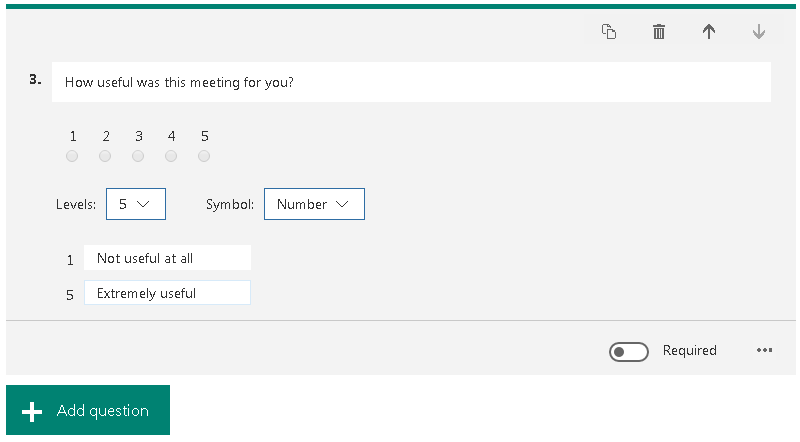


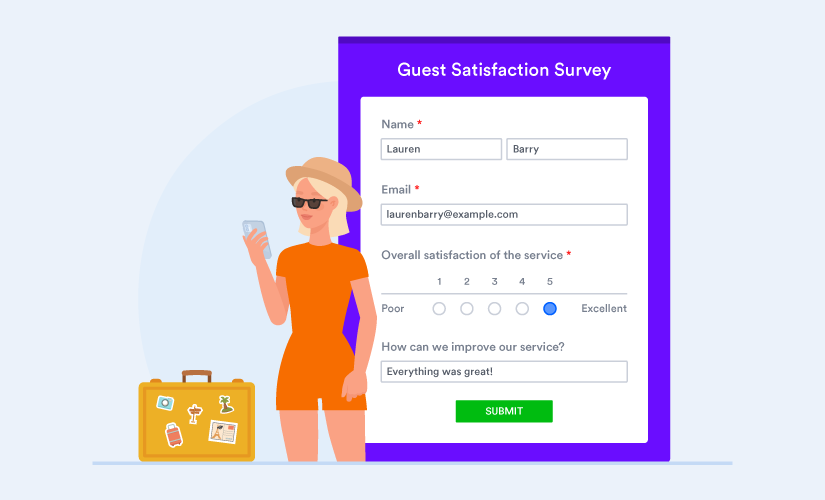

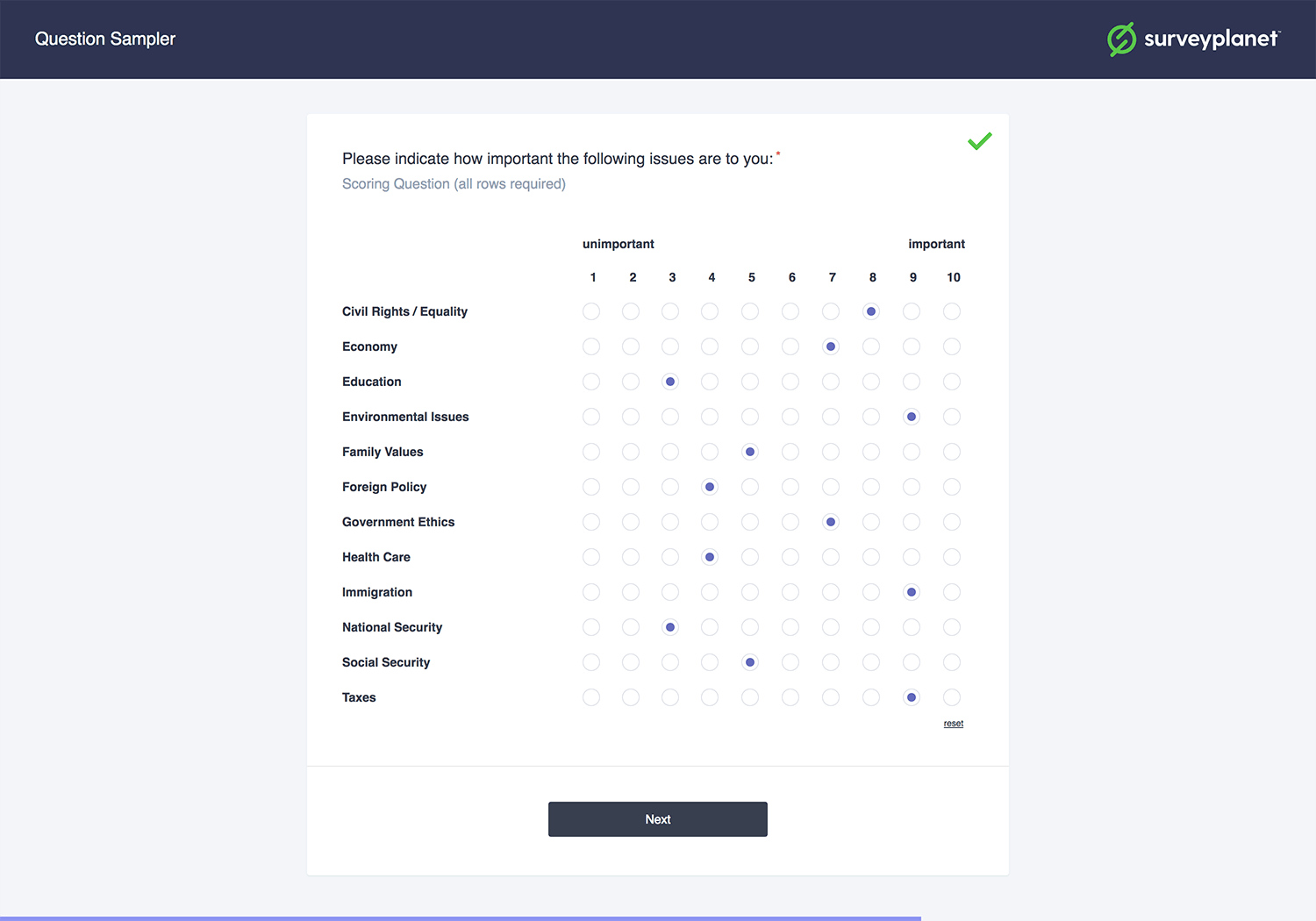


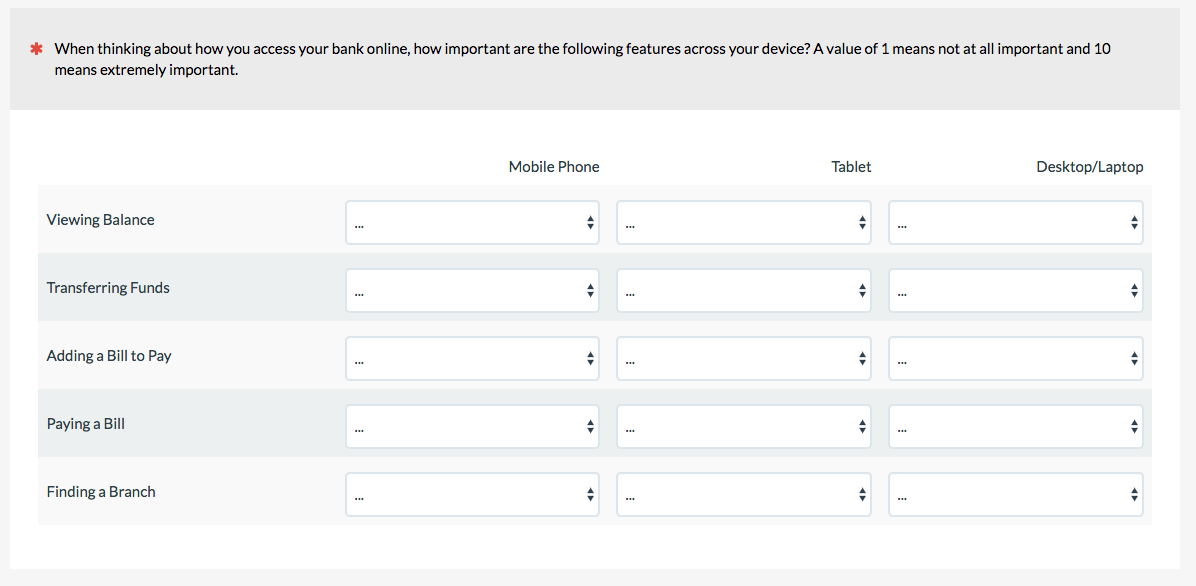
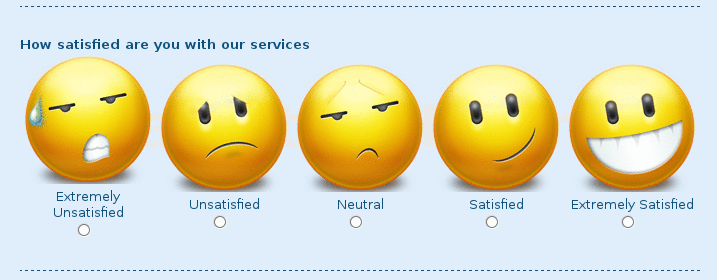


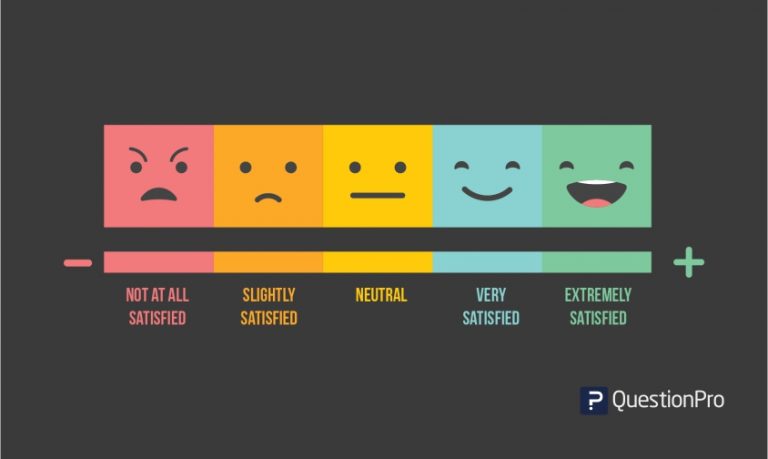




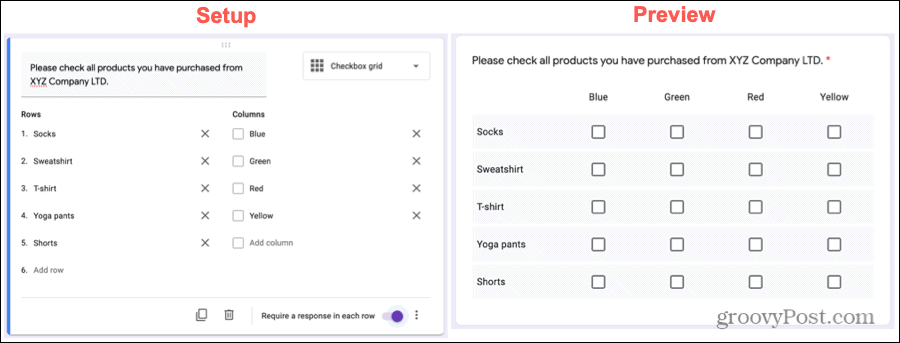

![PDF] Investigating Chinese and English scale point labels for ...](https://d3i71xaburhd42.cloudfront.net/f67685fc1981f5ece882742a5b89e337f169ec27/25-Table3-1.png)

![PDF] Investigating Chinese and English scale point labels for ...](https://d3i71xaburhd42.cloudfront.net/f67685fc1981f5ece882742a5b89e337f169ec27/24-Table2-1.png)



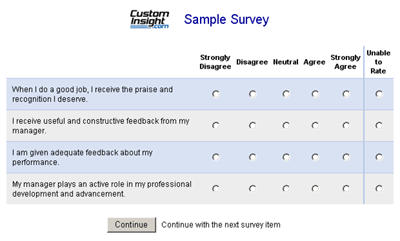
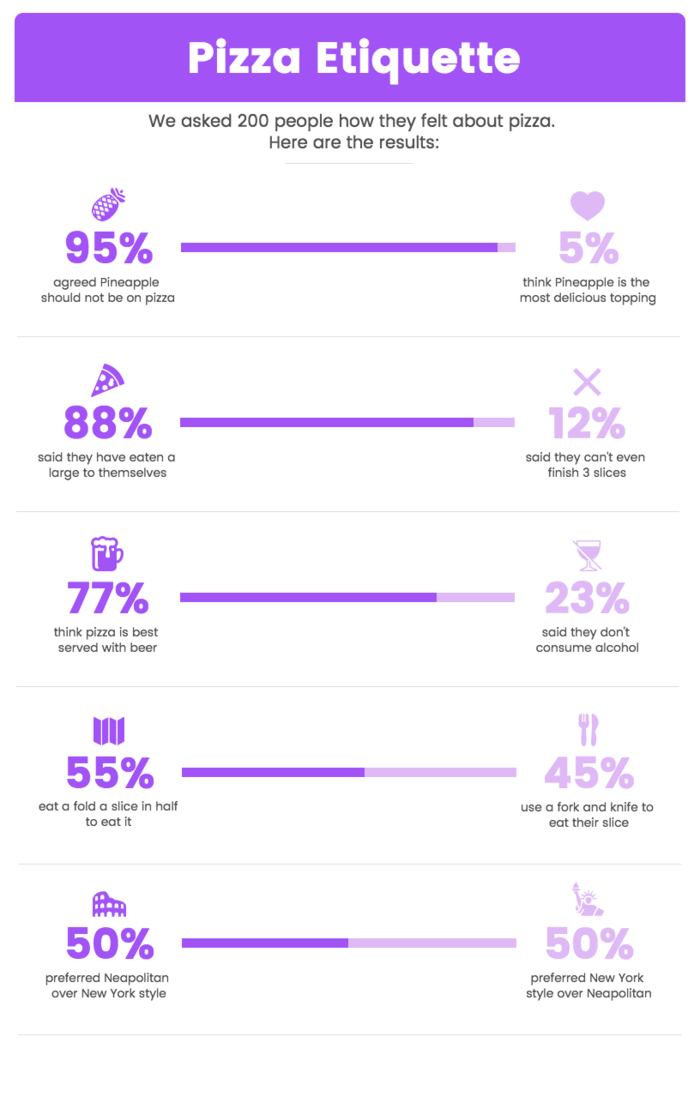


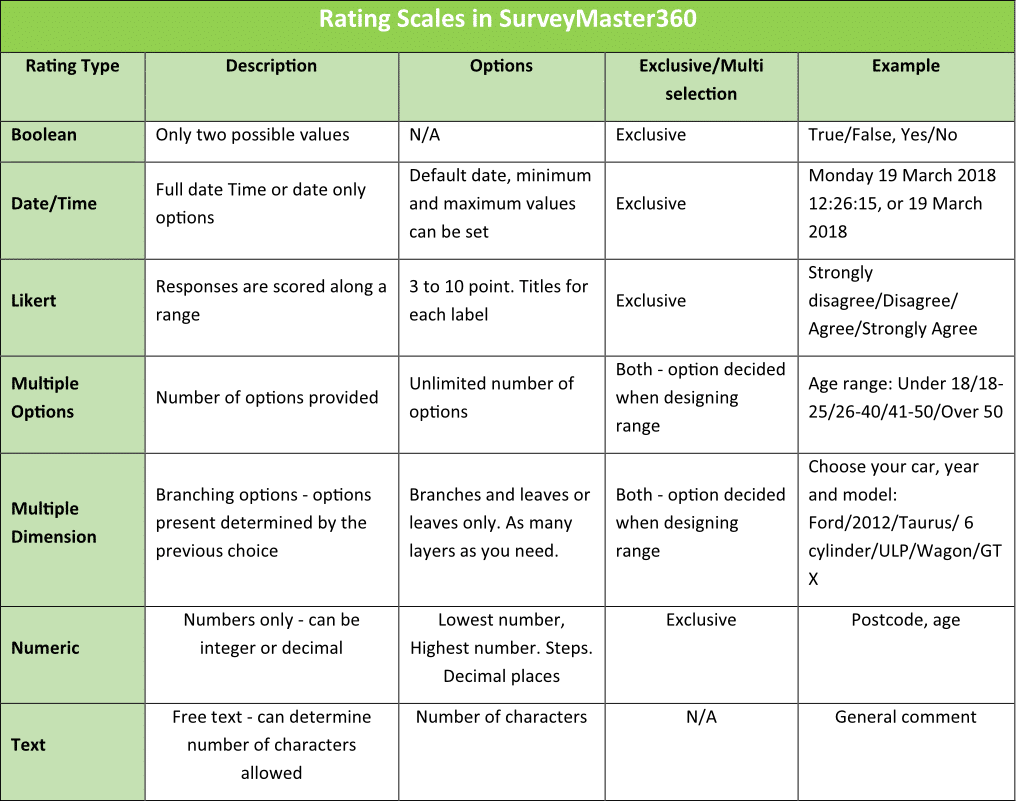
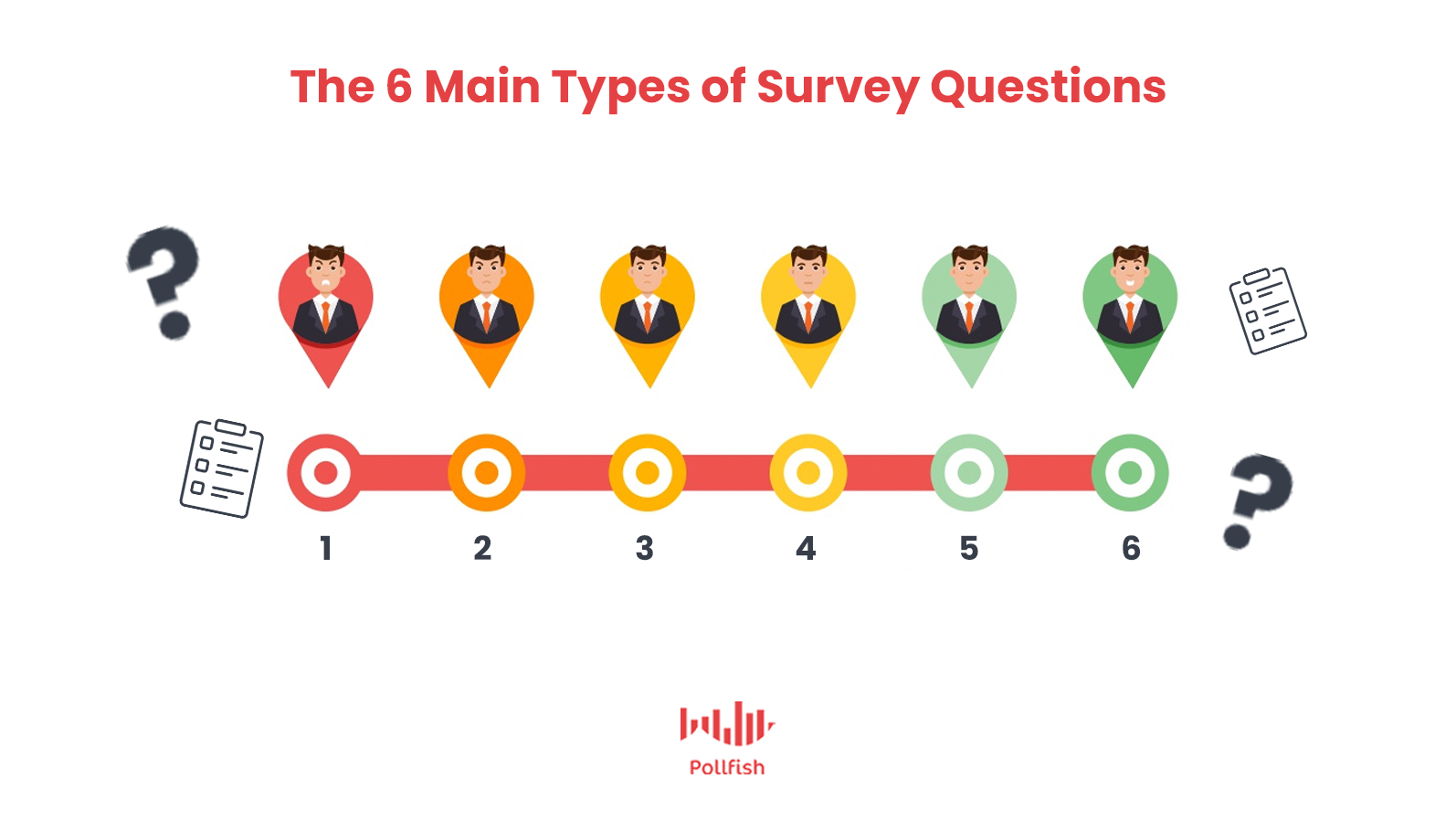
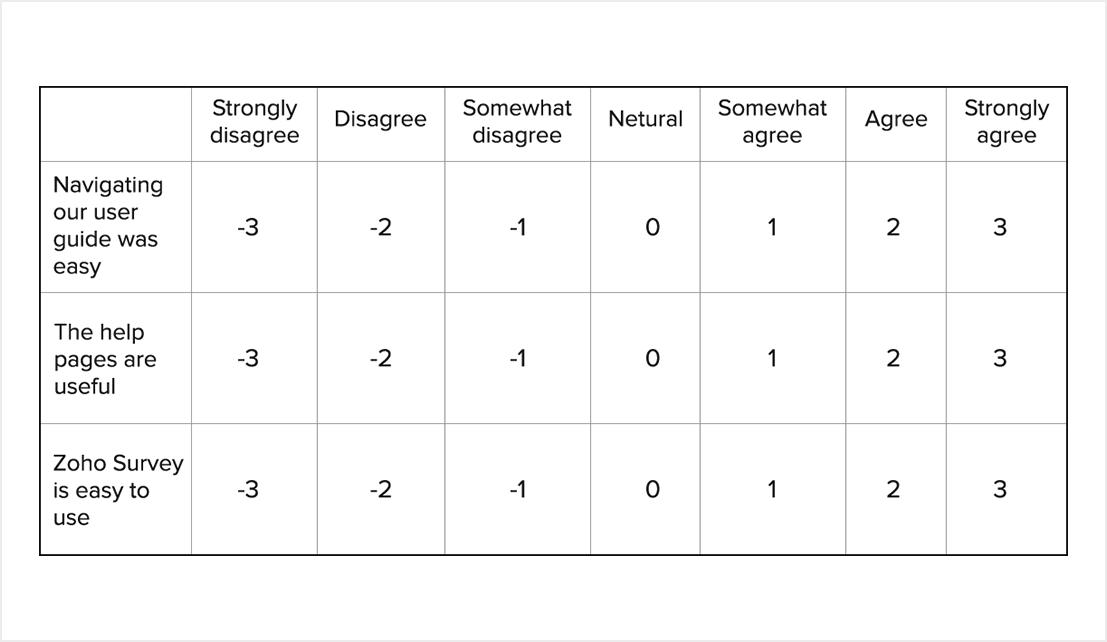





Post a Comment for "41 rating labels for surveys"